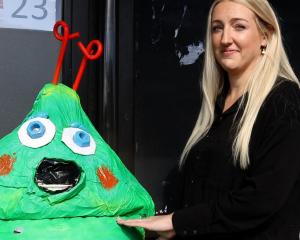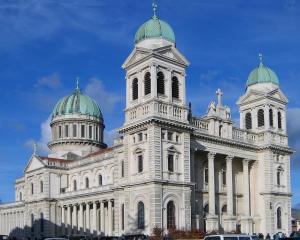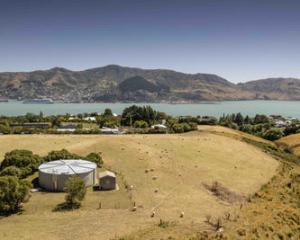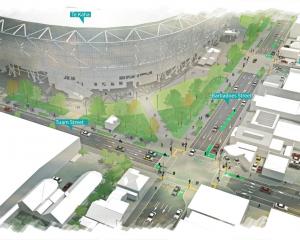Using a chartered Air New Zealand Boeing 787 Dreamliner for the mission, tourists had travelled from Auckland and across New Zealand for the experience.
They had each paid between $1500 and $5000 to visit the edge of Antarctica and see the Aurora.
The glow over the polar region is famously difficult to spot. Caused by ionic blasts of radiation from the sun meeting with our atmosphere and Earth's magnetic field, in the right conditions the phenomenon can be seen from southern New Zealand.
Referred to as 'Tahu-nui-a-rangi' by the Māori settlers of Southland and Rakiura, in the matauranga they are the ghosts of campfires left by departed ancestors. They are green, sometimes pink, spectres in the sky. For novice aurora hunters, the idea sounds too strange to be true.
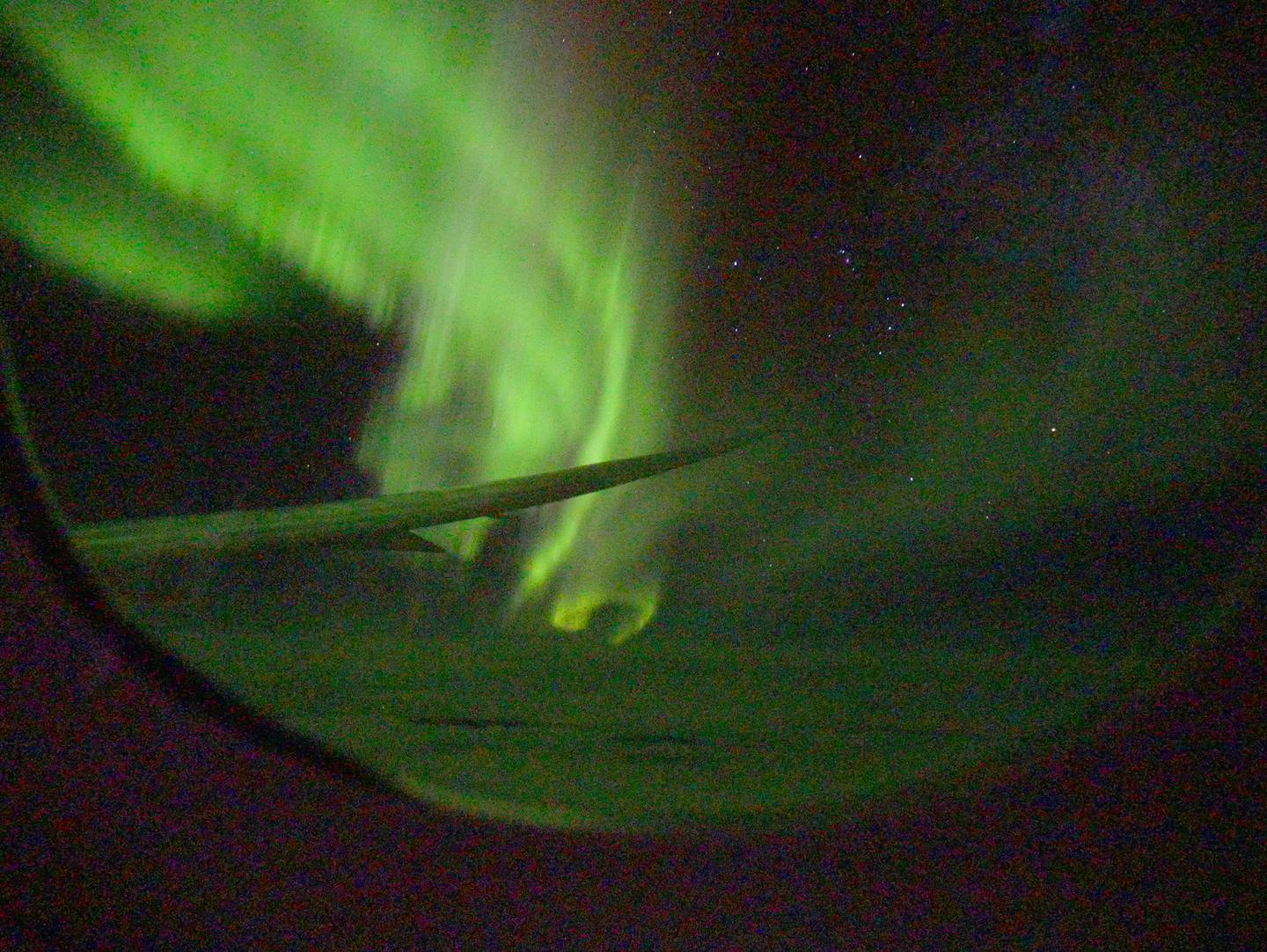
Operators Viva Expeditions were more certain. At 35,000ft, above the cloud, they said lights were guaranteed.
Their guest experts on Polar Aurora can vouch for the fact that the Southern Lights are very real. Between them, the Nasa-trained astronomers and Otago University staff have been on over twenty missions into the southern and northern aurorae, on research missions and "public science" initiatives like Friday night's flight.
Miranda Satterthwaite, Director of the Science Academy at Christchurch's International Antarctic centre is more used to observing the lights on Nasa's converted 747 jumbo jet SOFIA flying observatory.
"There's very little light pollution and it's dark for four months of the year so you can see things here you can't see anywhere else," she said. As the Gateway to Antarctica Christchurch draws astronomers from all over the world.
The Air New Zealand Dreamliner doesn't fit as much equipment, but it did afford a deal of comfort. With aeroplane meals, inflight entertainment (at least for the first two hours) and an international departures lounge - the flight was a familiar sensation for travel-starved passengers.
The crew of four pilots led by Al Hanley, who had been on all four previous flights to the lights, also looked forward to the flight. One of them had bought a seat for their mother.
A valuable opportunity for the Dreamliner pilots to keep their flight hours up mid-pandemic, they would soon be flying the long haul routes between Auckland and New York, they said.
But this would be no normal flight plan.
Coordinating between the Astronomers onboard, the flight team and aurora-hunters would be flying loops over the Antarctic seas to find the perfect placement for viewing the lights.
Dr Ian Griffin of the Otago Museum says finding their way to 'magnetic midnight' is a tricky task.
"There's a liaison between the pilots and the astronomers, like me, who are trying to see where the aurora is," he says.
"It's like a little orchestra being conducted by the pilots and we hopefully fly the plane into a sweet-spot where we can see the aurora on both sides of the plane. It's really exciting."
The plane was given special allowance to switch off all cabin and navigation lights to better see the lights. Something that would never happen in busier airspace. Over Antarctica this was not a problem.
Viva says that they would be carbon offsetting for the three trips to 63 degrees south, with two further flights planned for September.
All returned red-eyed at 5am at Christchurch International after watching the lights. It might have been a flight to nowhere but it was a familiar feeling for passengers anticipating the opening of New Zealand's borders and the return of international travel.
-By Thomas Bywater




